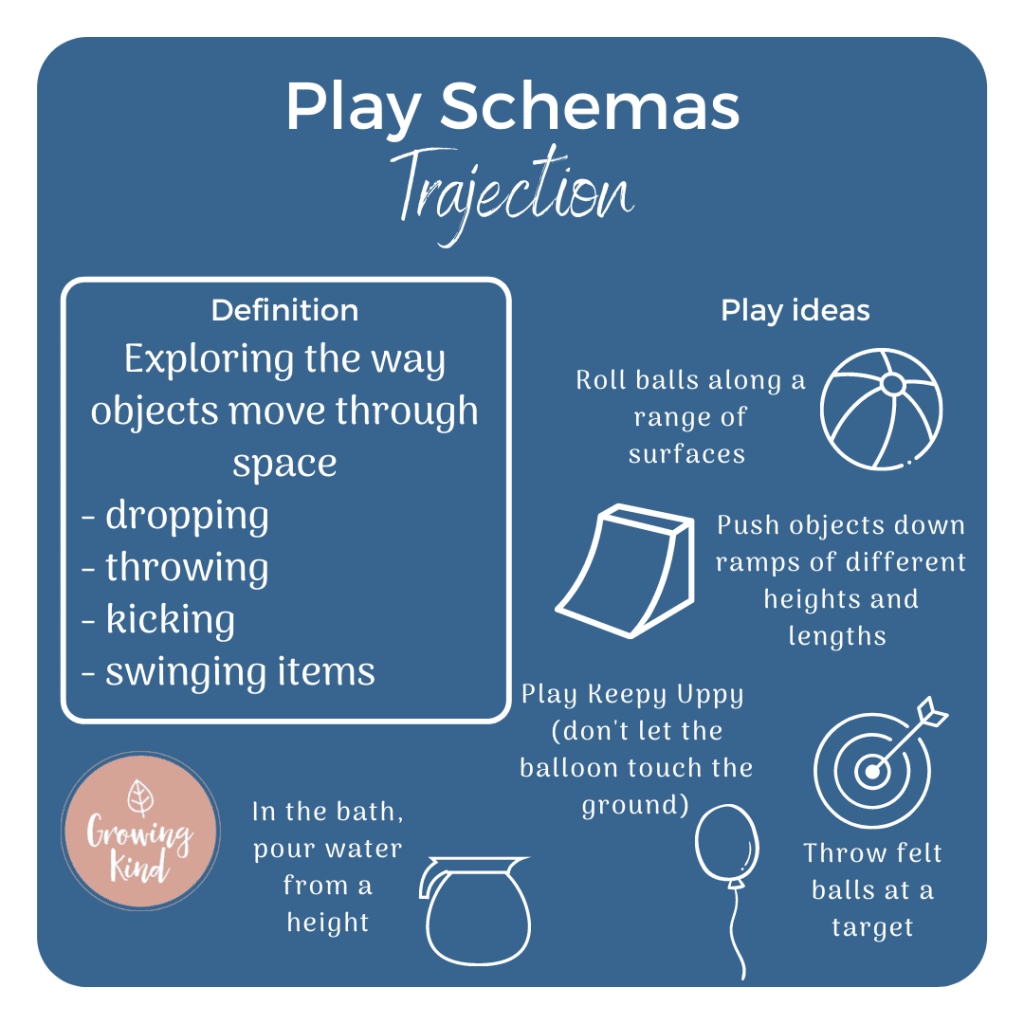Play is an essential aspect of a child’s development, serving as a vehicle for learning and exploration. Through play, children are able to make sense of the world around them, develop social skills, enhance cognitive abilities, and build emotional resilience. One theory that sheds light on how children engage in play is the concept of schemas.
Schemas refer to patterns or themes of repeated behavior that children exhibit during play. These patterns can manifest in various forms such as actions, thoughts, or interactions with objects and people. Schemas are believed to be innate tendencies that drive children’s exploration and understanding of their environment.
Understanding schemas can provide valuable insights into a child’s interests, motivations, and developmental needs. By recognizing and supporting these patterns in play, educators and parents can create enriching environments that facilitate optimal learning experiences for children.
There are several common schemas identified by researchers in the field of child development:
1. Transporting Schema: Children exhibiting this schema often engage in activities involving moving objects from one place to another. They may enjoy carrying toys around the room or pushing toy cars along imaginary roads. This schema reflects a child’s desire to explore concepts of spatial relationships and cause-and-effect.
2. Connecting Schema: Children with a connecting schema demonstrate a preference for joining objects together or linking materials through building structures or creating chains. This schema highlights a child’s interest in relationships and connections between different elements.
3. Transforming Schema: Children displaying a transforming schema are intrigued by changing the form or appearance of materials through activities like molding clay into different shapes or mixing colors to create new hues. This schema showcases a child’s fascination with transformation processes.
4. Enclosing Schema: Children engaged in an enclosing schema enjoy enclosing themselves within spaces like forts made from blankets or constructing boundaries around their play area using blocks or furniture. This pattern reflects a child’s need for security and containment.
5. Rotational Schema: Children demonstrating a rotational schema exhibit behaviors involving spinning objects, twirling themselves around, or arranging items in circular patterns. This schema illustrates a child’s interest in exploring movement dynamics and symmetry.
6 . Exploring Schema: The exploring schema is characterized by children who show curiosity towards investigating their surroundings through sensory experiences like digging in sandboxes, examining textures through touch, or tasting different foods during pretend cooking activities.
7 . Repeating/Recurring Schema : A repeating/recurring scheme involves engaging repeatedly with certain actions , words ,or movements during playtime .
It is important to note that children may not fit neatly into one specific schema but rather exhibit combinations of multiple schemas depending on their interests at any given time.
Educators can leverage knowledge about schemas to design learning opportunities that align with children’s natural inclinations toward particular types of play experiences.Children should have access to open-ended materials such as blocks,sand,water etc which allow them flexibility while engaging with these materials they will naturally incorporate their preferred schemas which would further enhance creativity,critical thinking & problem solving skills
Parents can also support their children’s engagement with schemas by observing their play behaviors closely,enriching home environments with diverse resources,and encouraging imaginative explorations based on identified patterns.The key lies establishing balance between fostering individual expression & providing guidance when necessary
In conclusion ,schemas offer valuable insights into how young learners perceive the world around them.Through identifying,promoting,& facilitating these innate tendencies,Educators & Parents alike can nurture holistic growth,inquisitiveness,& creativity among young minds thereby setting strong foundation for lifelong love towards learning”

Leave a comment